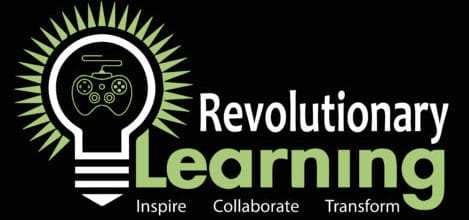David Seelow, PhD
Persuasive writing and argumentation continue to be vital skills for students to develop. These skills contribute toward students’ ability to advocate for what matters to them in college and beyond. To make their voice heard that voice must be an informed and articulate one. Given the global climate crisis, continued conflict in many geographic regions, and the widening gap between the prosperous few and the restless many. What we don’t want are students educated on the loud, uninformed, rumor mongering, emotional driven rhetoric that pervades social media. How can we help students become advocates for climate and social justice and not reality deniers with heads full of misinformation?
A strategy that I have found effective focuses on the rhetoric of protest. In exploring protests, both past and present, students develop a deeper understanding of injustice while focusing on an issue that personally matters to them. This process results in a student’s articulating a passion driven position that contributes to the possibility of positive change.
In stage one, I create a table or typology of protest that can act as a guide for student thinking and writing. The below table shows the categories that should be covered in any protest essay.
| Protest Issue | Reason for Protest | Protesters | Target of Protest | Method(s) | Result(s) |
I use an example from recent history that students might have a vague, but surface understanding about. For example, Mohammed Ali’s resistance to the draft during the Vietnam War. The issue of religious freedom, especially around Islam, still resonates today. Ali’s case also necessarily brings up questions of race and, naturally, the Vietnam War. Each aspect of this protest can spark rich, often heated, class discussion.
I always include an example of student protest from the past so students have an example they can connect to in an authentic fashion. A specific issue requires students to be concrete and specific in their writing, something many students struggle with. The draft is one aspect of the larger Vietnam War protest. Writing about the entire war would be preposterous, but that’s more times than not a student’s approach with the inevitable result being a vague, overbroad, inadequately supported argument. Draft resistance using Ali as a case example gives the student specific parameters to work with. In terms of student protests, I transition to Kent State and the May 4, 1970, shooting of 4 students. Here the specific incident is the students protesting the presence of the National Guard on campus (as well as expansion of the war into Cambodia) and the tragic results of that horrible day. In this case, you can segue into the use of art as a powerful form of protest. In this instance, I discussed the famous Crosby, Stills, Nash and Young song “Ohio” (1970) to explain how art and popular culture can affect change.
From this historical perspective I move to current protests that students should be familiar with. Last fall, I used the protest of PAIN (Prescription Addiction Intervention Now) led by photographer Nan Goldin against the Sackler family and Purdue Pharma focusing on the event at the Temple of Dendur exhibit in the Sackler Wing at Metropolitan Museum of Art in New York City on May 10, 2018. This successful protest even tied into 1960s protests since the protesters replaced the famous student sit-ins from the 1960s with a very powerful die-in where protesters fell to the floor and laid like a corpse killed by Oxycontin.
I end my discussion with an account of a recent student protest such as the one outlined below.
| Protest Issue | Reason for Protest | Protesters | Target of Protest | Method(s) | Result(s) |
| Fossil Fuel Pollution and corporate recruiting on campus | Companies recruiting students at Harvard and MIT to work for a company harming the environment | MIT and Harvard students | Fossil Fuel Company recruitment | Blocking the recruitment space, banners, and signs | Partial success in sending recruiters aways and putting pressure on the universities to divest from Fossil Fuels |
This last example allows students to see how their voice matters and helps empower student advocacy. From this point on I allow the class to talk about issues they feel should be the target of protests. I encourage exploration of local issues and even local campus concerns. Given the astronomical cost of higher education today students should feel that their voice matters, but my experience with students has been that too often is not the case.
Overall, this extended critical inquiry into the nature of protest promotes rich class conversations. Likewise, the persuasive writing assignment has been very successful. Julie, one of my students from Fall 2022 semester, won the University at Albany’s Program in Critical Inquiry Writing Contest in the conversation/research category for her excellent essay, “A Time of Revolution in Iran,” which explored women’s protests following 22-year-old Mahsa Amini death shortly after being brutally beaten by the Basij Militia, or “morality police.” Diving into woman’s rights, the intersection of religion, politics and gender, Julie’s topic struck a chord empowering her to take a position she cared about, and, subsequently, craft an award-winning essay.
